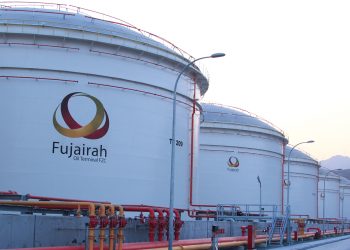Hydrodynamic Modeling
Velosi’s Hydro Dynamic Modeling services provide critical insights into water movement, flow patterns, and hydrodynamic behavior in natural and engineered systems. Our expertise supports compliance with EAD water quality and discharge standards as well as international frameworks such as EHS guidelines. We assist industries, including oil & gas, maritime, wastewater management, and infrastructure, to predict potential impacts on water bodies, optimize structural designs, and ensure sustainable water resource management.
Our Hydro Dynamic Modeling service delivers precise water flow and dispersion simulations to support environmental permits, impact assessments, and operational planning. Organizations can reduce ecological disruption and meet regulations, and improve resource efficiency through hydrodynamic process understanding.











